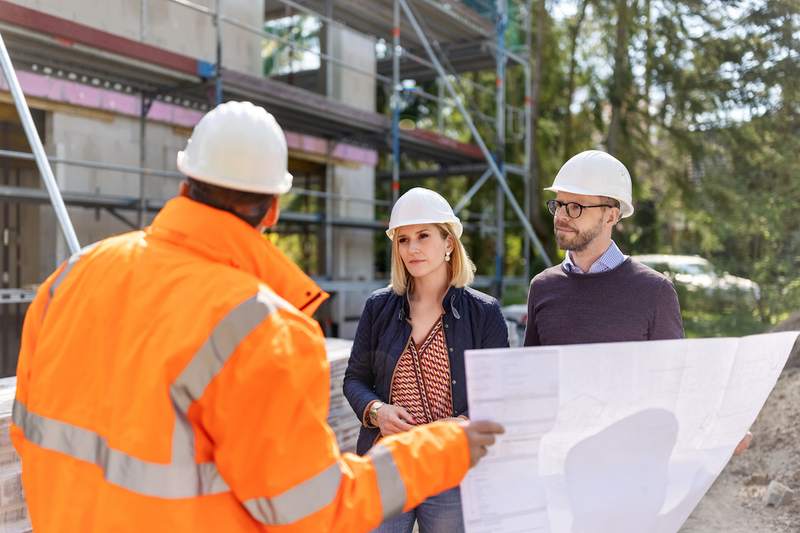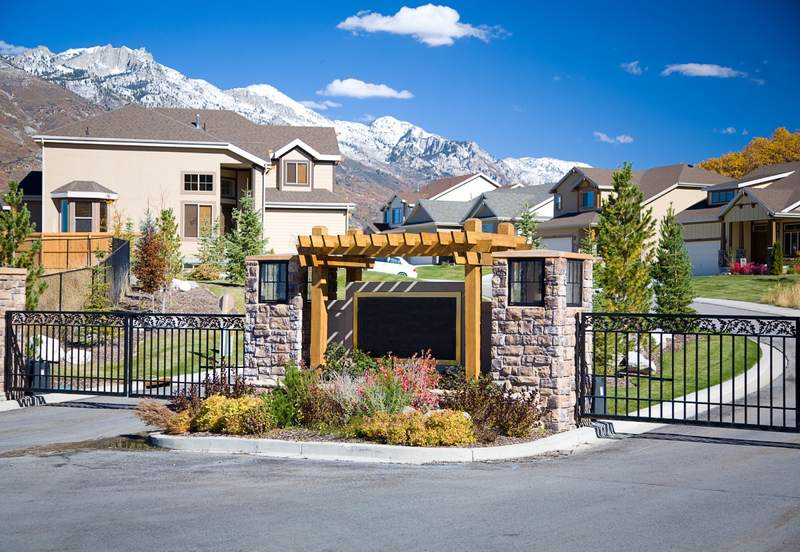
If you’ve avoided using credit cards and steered clear of borrowing money, then you might not have much credit. The good news is you’re debt-free. The problem is that having limited credit makes it harder to get a home loan.
While buying a home with no credit can be tricky, it’s possible. If you know you can afford a mortgage but have no credit score, you still have options.
But before we talk loan types, let’s go over the difference between having no credit and having bad credit.
No Credit vs. Bad Credit
There’s a difference between trying to buy a home with no credit versus trying to buy a home with bad credit.
Borrowers with a credit score below 580 are considered to have very poor credit, which indicates that they pose a higher risk to a lender.
When a borrower doesn’t have credit, lenders face a harder time gauging how reliable you are when it comes to paying back debts. Having no credit could result in being charged higher interest rates and needing a higher down payment compared with having poor credit.
Mortgage Options for Borrowers With No Credit
Here are the loan options for people who don’t have a credit score.
FHA loans
Loans backed by the Federal Housing Administration allow for lower credit scores than conventional loans. If your credit history is nontraditional, FHA lenders can use alternative ways to judge your ability to repay a mortgage.
FHA loans can be cheaper if you’re a borrower with a lower credit score and making a small down payment. However, some lenders will require a credit score of at least 500 to be approved for a home loan.
Conventional loans
Conventional loans are the most common type of mortgage, and aren’t backed by a government agency.
There are two types of conventional loans: conforming and nonconforming. Conforming loans meet standards set by Fannie Mae and Freddie Mac, two government-sponsored enterprises that buy loans from lenders. To get a conforming loan, you need a credit score of at least 620, and the loan has to be under a certain amount.
Nonconforming loans, however, have no limits to meet. The downside is they can be riskier and more expensive. Lenders likely will want to wait until you can build credit and meet credit score requirements to approve you for nonconforming loans.
VA loans
The Department of Veterans Affairs guarantees affordable loans to qualified active-duty military service members, veterans, and their surviving spouses. The VA has no minimum credit requirement, but the individual lenders that issue these loans may have their own.
VA loans also are available with no down payment, and don’t require mortgage insurance. However, VA borrowers pay an upfront fee when they close on the loan.
USDA loans
The Department of Agriculture guarantees loans to low- to moderate-income borrowers buying homes in qualified rural areas. USDA loans require no down payment and have no minimum credit score. This makes USDA loans a good option for borrowers with no credit who can’t make a big down payment.
USDA loans do require both mortgage insurance as well as an upfront funding fee.
Fannie Mae HomeReady
Fannie Mae offers HomeReady mortgages to low-income borrowers who don’t have much saved up for a down payment.
If you have no credit score, you need to have a debt-to-income ratio of less than 40% to get a Fannie Mae HomeReady mortgage. Calculate your DTI ratio by adding up your monthly debt payments and dividing by your gross monthly income.
Nonqualified mortgage
Qualified mortgages follow consumer protections put into law with the Dodd-Frank Act. They require the lender to assess the borrower’s ability to repay the loan before approving them for a mortgage.
A nonqualified mortgage doesn’t conform to these consumer protection standards. As a result, you may be offered a nonqualified mortgage if you have no credit history. However, it’s important to pay attention to the terms of these loans to make sure they don’t come with any risky features.











